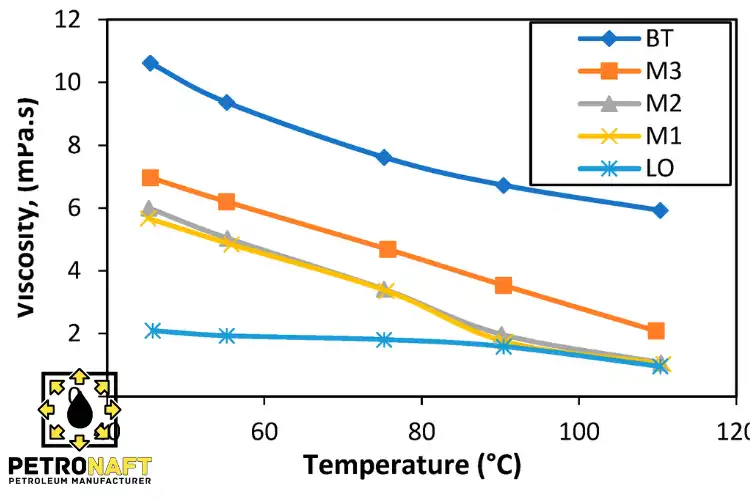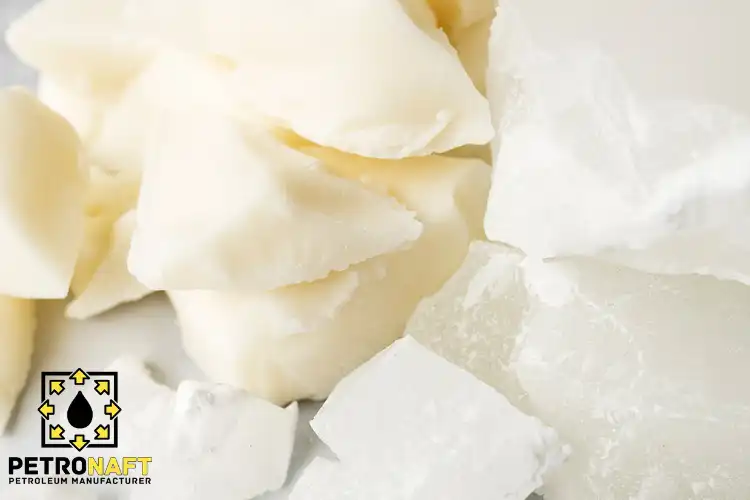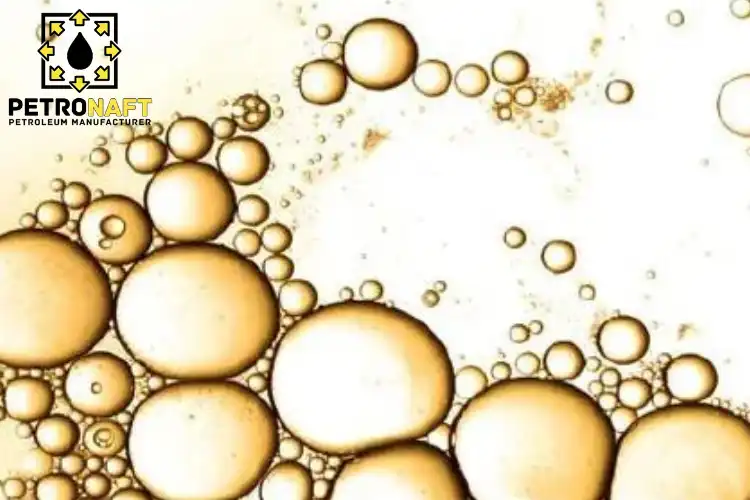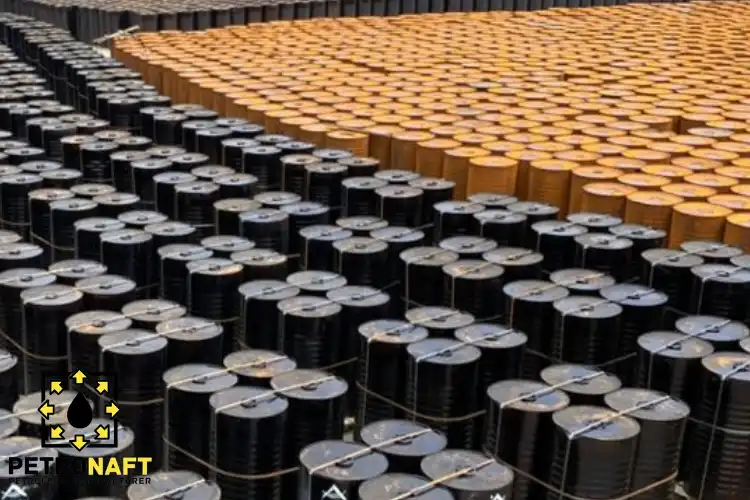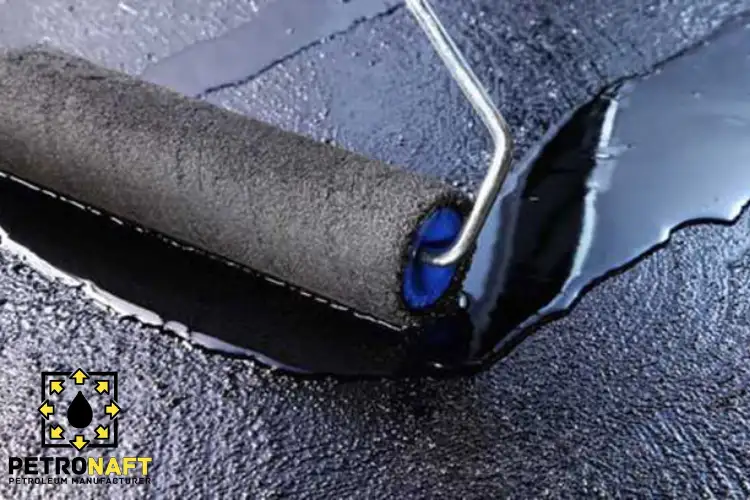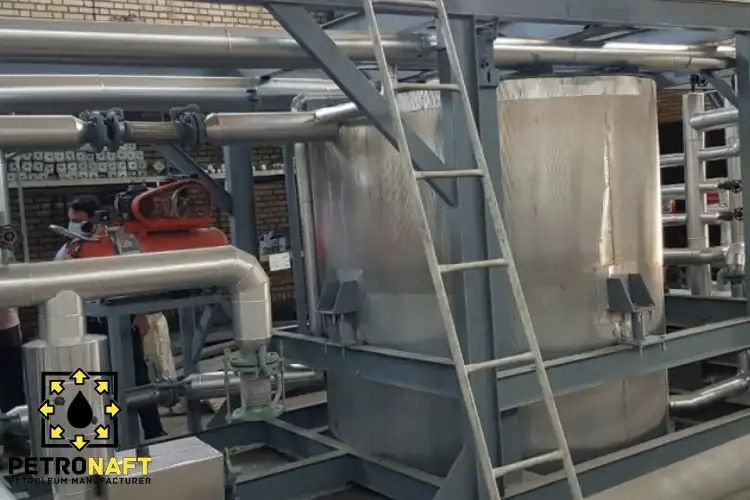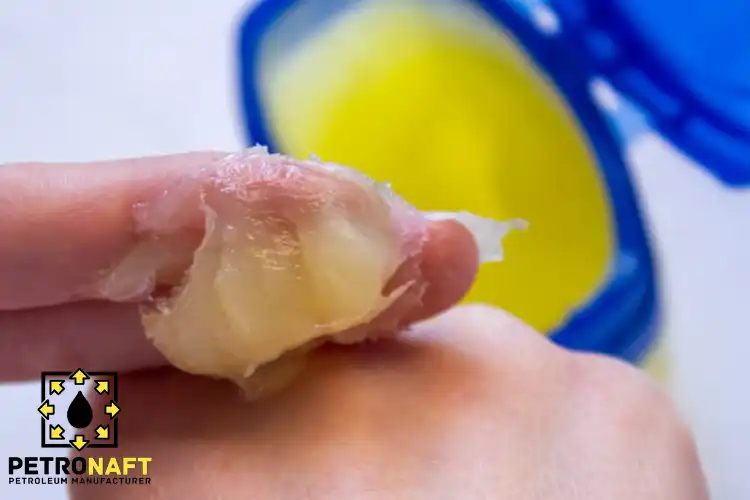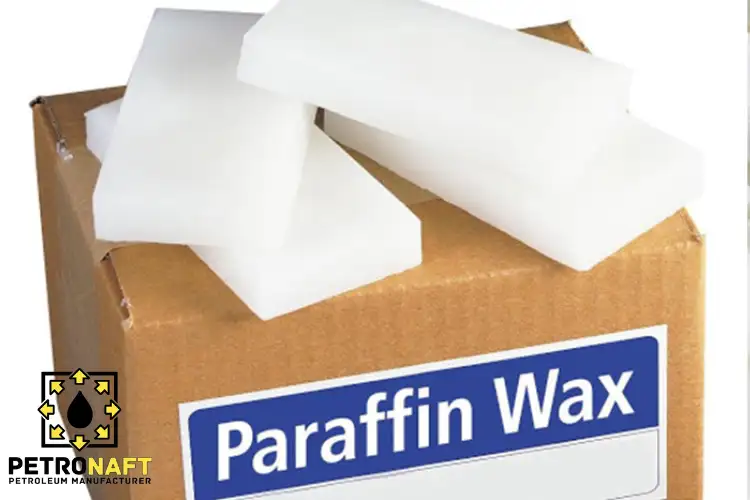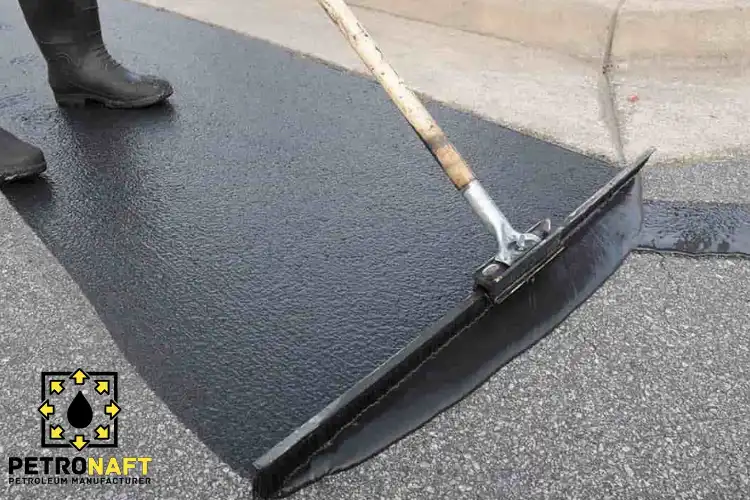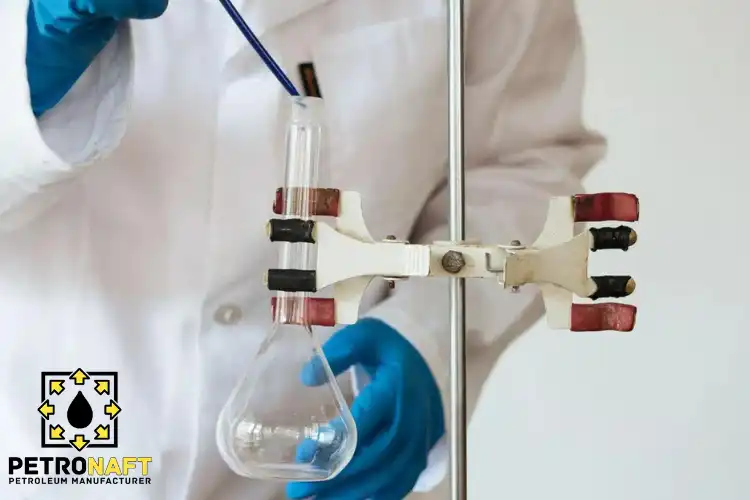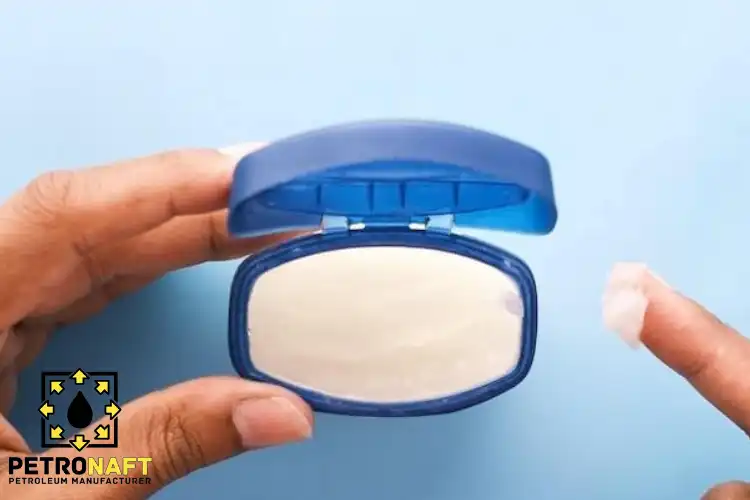
Vaseline Ingredients Explained: Unmasking the Petroleum Jelly Mystery
Vaseline, a household name for its versatile uses, is a product that has been around for more than a century. But have you ever wondered what makes it so effective? In this article, we delve into the world of Vaseline ingredients, exploring their properties and benefits. From the main ingredient – petroleum jelly – to the lesser-known additives, we’ll uncover the science behind this popular product.

